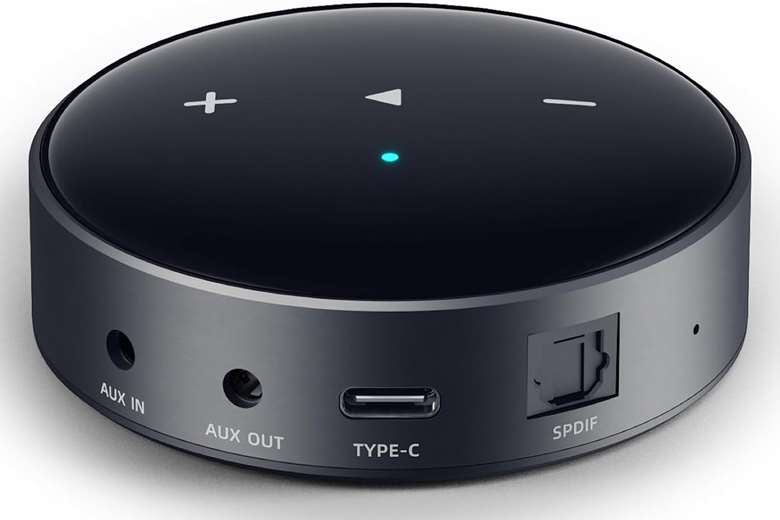The Gramophone Guide to … Saving and storing your music library
Andrew Everard
Friday, September 6, 2024
However devoted you are to your CDs, it’s simple to have them all at your fingertips, and have them integrated with streaming services, too

Register now to continue reading
Thanks for exploring the Gramophone website. Sign up for a free account today to enjoy the following benefits:
- Free access to 3 subscriber-only articles per month
- Unlimited access to our news, podcasts and awards pages
- Free weekly email newsletter







